Everyday I get lot of ideas for Raspberry Pi. One such is to make it mobile like integrate it with my car. In that case I have to think of alternative power source if my car is not running. Lipo Rider Pro from SeeedStudio came to my rescue.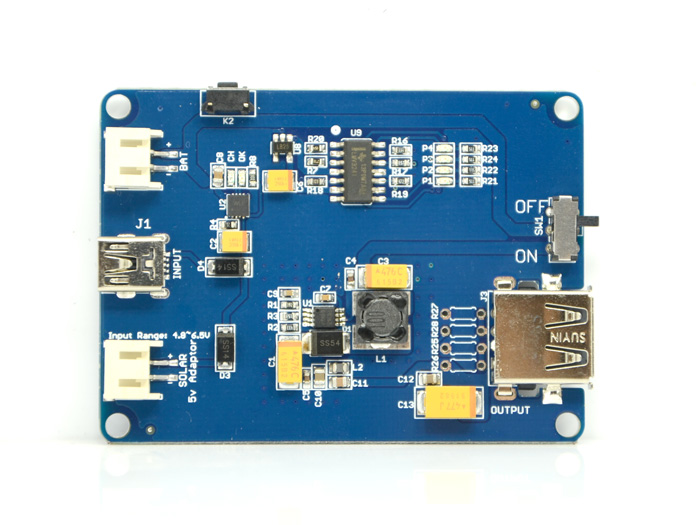 Features
Features
- Maximum 1A load output
- Battery and Solar panel connector is JST 2.0
- Stable 5V USB power supply regardless of source
- Charge/Recharge algorithms built into chip
- Charge Lithium Polymer Battery through solar power or USB
- Stable supply voltage through either lithium battery or USB
- 2 x USB ports let you program your kit while charging your Lithium battery
- LED indications for battery full or charging states
- 4 green LED instruct quantity of electricity of lithium battery
The above pictures shows that how I have implemented the Lipo Rider board for redundant power supply. I am not sure how efficient this will be on the move, so far I am happy that it is doing what it is supposed to do. Sometimes I get a feeling that the battery pack is always being used and it is not getting charged even if the USB power is connected. Have to debug this further 😉
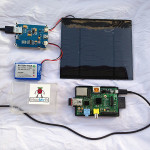
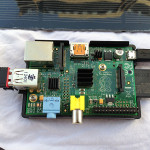
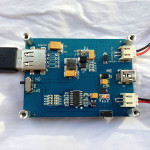
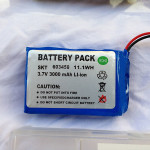
Cool Bro! Nice innovation. Keep it going.
Nice comedy!! Where did I innovate? I joined few components available online 😀
Charging should be unambiguously indicated by the red/green LEDs, you should not need to guess.
On the other hand, The solar panel I see in the picture seems to be a 116×160 / 2.5W one, with a current rating of cca. 450mA, while the Raspberry Pi is specified at min. 300mA for the model A and 700mA / 3.5W for the model B (which you have) – even if it doesn’t consume all that current all the time, the solar panel will surely quite often not supply the nominal current either (sun is not bright, panel is not perpendicular to sun, etc.) and power conversions are far from 100% efficient so I wouldn’t be surprised if the panel indeed couldn’t charge your battery at all, using all the generated power just to run the Pi most of the time.
Dear Max
Thanks for the note. I know for sure the current was not enough. I have to check with Seeedstudio what is the maximum current I can use on the board for USB. I don’t want to fry it as I spent a fortune on shipping to Dubai.
Cheers
Imthiaz
hello
is the solar panel enough to charge the battery ? I’ve got the same with the 1W solar panel, and a 2000mAh battery, but without anything connected to the usb output, and a complete day at sun, the battery is not charging at all 🙁
Could we use it instead of solar alternative power supply. Could it be used that if the power supply cuts off then it switch using battery ?. I am thinking connecting regular raspberry supply charger 5V 1.5A instead of solar. Would this work ?
Yes you can use it as you have mentioned. When it is connect to power source it charges the battery and during power failure the battery will power the Pi. I would suggest either 1.5 or 2A so that battery is charged better.
Great sounds like a deal. I am just worried about that this is just Maximum 1A load output. Thanks for reply.
This method is a good idea but lipo driver pro can deliver 1A and consumption is based 1A. by adding wifi is exceeded and can not recharge fast enough and causes overheating of lipo power pro.